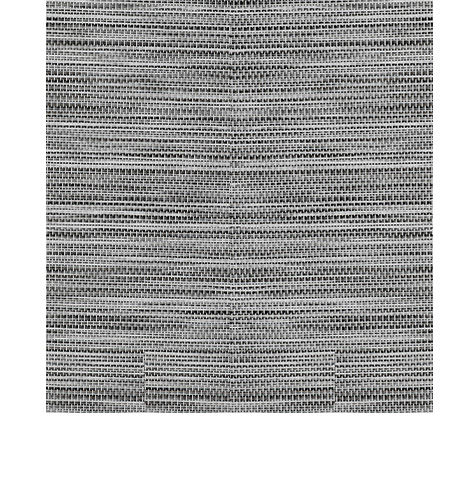The standard range of UV protection offered by different types of sunscreen blinds fabric can vary significantly based on the material, weave, and openness factor of the fabric. Typically, sunscreen blinds fabrics are designed to block a substantial portion of harmful ultraviolet (UV) rays, providing both sun protection and comfort.
Key Factors Influencing UV Protection
Material: The type of fiber used, such as polyester, PVC, or a blend, can affect the fabric's UV blocking capability.
Openness Factor: This refers to the amount of open space in the weave of the fabric. A lower openness factor means less light penetration and higher UV protection.
Color: Darker fabrics tend to absorb more UV rays, providing better protection than lighter ones.
Standard UV Protection Range
High UV Protection (90-99% UV Blockage)
Typical Range: Blocks approximately 90-99% of UV rays.
Characteristics: Fabrics with a low openness factor (1-3%) provide high levels of UV protection. They are often thicker and have a tighter weave.
Usage: Ideal for environments with intense sunlight where maximum UV protection is required, such as in hot climates or south-facing windows.
Examples: Fabrics like SunTex or certain types of solar screen fabrics that have a very tight weave.
Moderate UV Protection (70-90% UV Blockage)
Typical Range: Blocks approximately 70-90% of UV rays.
Characteristics: Fabrics with a medium openness factor (5-10%) provide a good balance between UV protection and visibility.
Usage: Suitable for general residential or commercial use where moderate sun exposure is expected.
Examples: Common in everyday sunscreen blinds used in homes and offices, providing decent UV protection without completely obstructing views.

Lower UV Protection (50-70% UV Blockage)
Typical Range: Blocks approximately 50-70% of UV rays.
Characteristics: Fabrics with a higher openness factor (10-14%) allow more light penetration and offer less UV protection.
Usage: Used in areas where minimal UV protection is sufficient or where maintaining an outside view is prioritized.
Examples: Fabrics used in decorative blinds or screens that prioritize aesthetics and visibility over UV protection.
Practical Considerations
Openness Factor Impact: A lower openness factor generally correlates with higher UV protection. For example, a 1% openness factor fabric typically provides over 95% UV blockage, whereas a 10% openness factor fabric may only block around 70% of UV rays.
Material and Coating: Some fabrics are treated with UV-blocking coatings or made from UV-resistant materials to enhance their protective properties.
Color Influence: Darker fabrics generally offer better UV protection than lighter ones because they absorb more light, including UV rays, while lighter fabrics may reflect more UV rays.
Examples of Specific Products and Their UV Protection
Phifer SunTex 90: Blocks approximately 90% of UV rays with a 10% openness factor.
Mermet Vela 1%: Offers around 99% UV blockage with a 1% openness factor.
SheerWeave 5000: Provides up to 95% UV protection with a 5% openness factor, depending on the specific fabric color and weave.
The UV protection offered by sunscreen blinds fabric typically ranges from about 50% to 99%, depending on the fabric’s characteristics such as material, openness factor, and color. When selecting sunscreen blinds fabric, it’s important to consider the specific needs of the environment, such as the level of sun exposure, desired visibility, and overall aesthetic preferences.

 中文简体
中文简体 英语
英语 西班牙语
西班牙语







